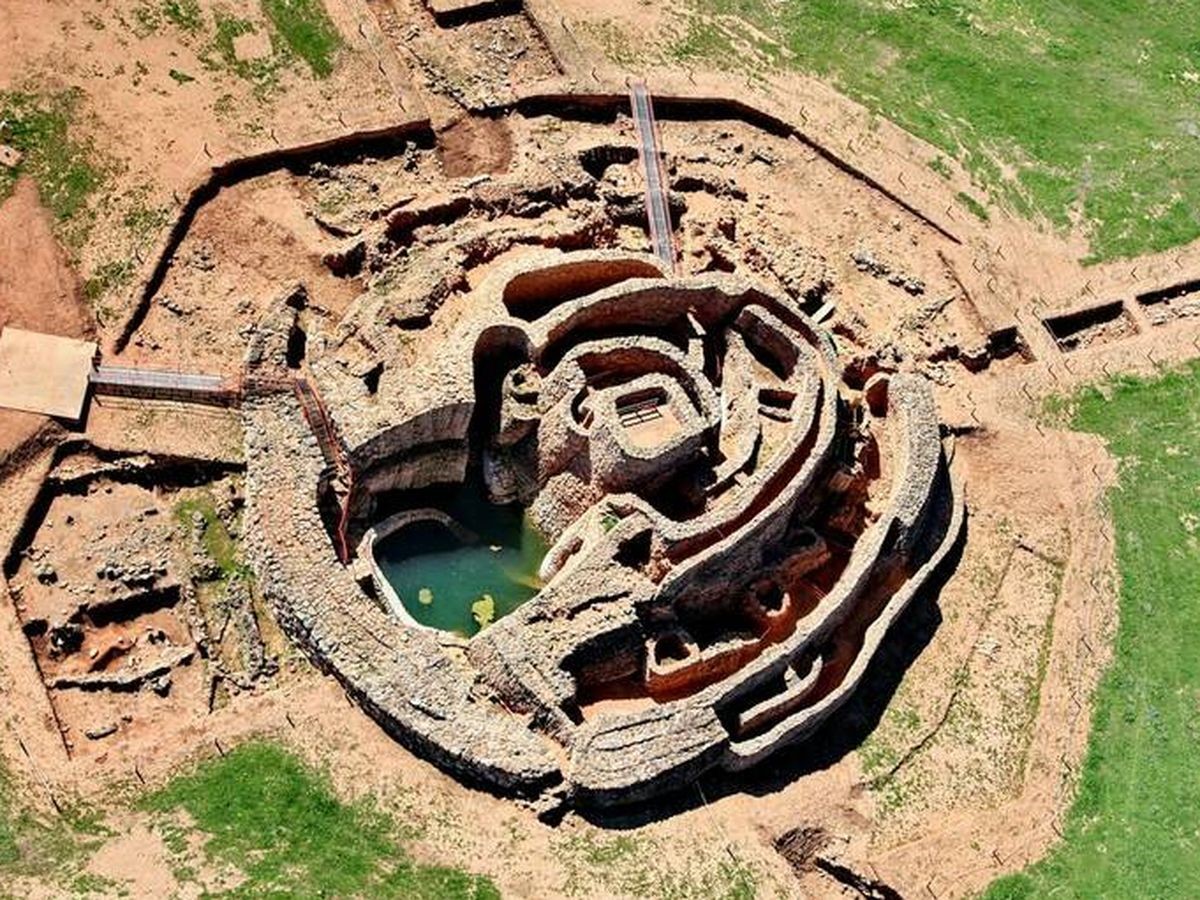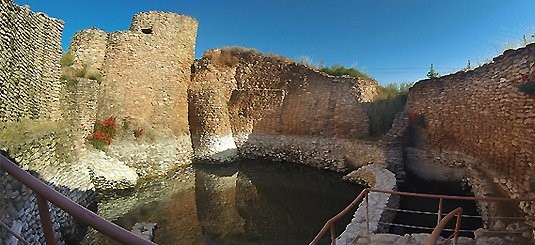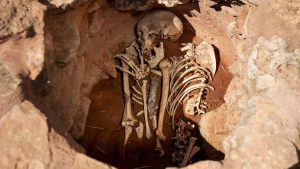This is the oldest well in Spain: in a Bronze Age site, nearly 4,000 years old
-
A thousand-year-old discovery sheds light on the life and organisation of the first human communities on the Iberian Peninsula. A unique vestige reveals the ingenuity of our ancestors in the face of adversity
 This is the oldest well in Spain: in a Bronze Age site and nearly 4,000 years old. (Tourism of Castilla-La Mancha)
This is the oldest well in Spain: in a Bronze Age site and nearly 4,000 years old. (Tourism of Castilla-La Mancha)
An archaeological site in the heart of La Mancha holds a unique treasure: the oldest documented well on the Iberian Peninsula. This extraordinary structure, more than 4,000 years old, reveals the ability of prehistoric communities to adapt to extreme conditions, such as the scarcity of water in an arid environment.
Known as the Motilla del Azuer, this prehistoric settlement is located in Daimiel, Ciudad Real. Dating back to the Bronze Age (2200-1300 BC), this fortified enclave stands out for its square central tower, surrounded by concentric walls, and an inner courtyard where the famous well was dug. This design allowed access to the water table to supply water to the population.
As the water levels dropped at that time, the inhabitants of the Motillas accessed the lowest levels of the water table by means of small ramps descending further and further into the subsoil, exceeding, according to data from the site, 14 metres deep.
The maintenance of the Motilla well, meant for its inhabitants, a continuous effort both in its defence and in the maintenance of the hydraulic structure, which made it necessary to raise large walls and partitions to consolidate the well, trying also to prevent the veins or springs of water that supplied it from being blocked.
THE LEGACY OF WATER
4,000 years later, in the Daimiel region, this unique legacy of water is still alive. A vast territory where the Guadiana and Cigüela rivers meet to form “tables”. An enclave located on large aquifers, with a multitude of natural overflows traditionally called “eyes”. A land where for centuries, the different settlers have sunk the roots of their own existence in the use of water. Vestiges of this are the different archaeological remains such as “azudes”, Roman dams or the Hydraulic Mills of the Guadiana River that used this precious element as a source of wealth and development.

THE SITE
The importance of Motilla del Azuer goes beyond its hydraulic function. This settlement demonstrates a high degree of social organization. The inner enclosure housed storage silos for cereals such as wheat and barley, ovens for ceramic and metal production, and spaces for animal stabling. These elements reflect an advanced economic management model for the time.
Around the fortification, huts and open areas intended for productive activities have been identified. The houses, with an oval or rectangular floor plan, were built with masonry plinths and mud walls. In addition, the site includes human burial sites, which offer information about the funerary practices and social hierarchy of these communities.
 Burial site in Daimiel. (La Motilla del Azuer)
Burial site in Daimiel. (La Motilla del Azuer)
Today, La Motilla del Azuer is accessible to the public through guided tours organised by the Daimiel Regional Museum. These include a tour of the room dedicated to the Bronze Age, followed by a transfer to the site. During the tour, visitors can explore the impressive structures and learn about the details of life in this prehistoric settlement.
This site, unique in its kind on the Iberian Peninsula, is an exceptional example of resilience and innovation. Its well, the oldest documented, remains a symbol of the human capacity to overcome challenges and manage essential resources in adverse conditions, always hand in hand with nature.